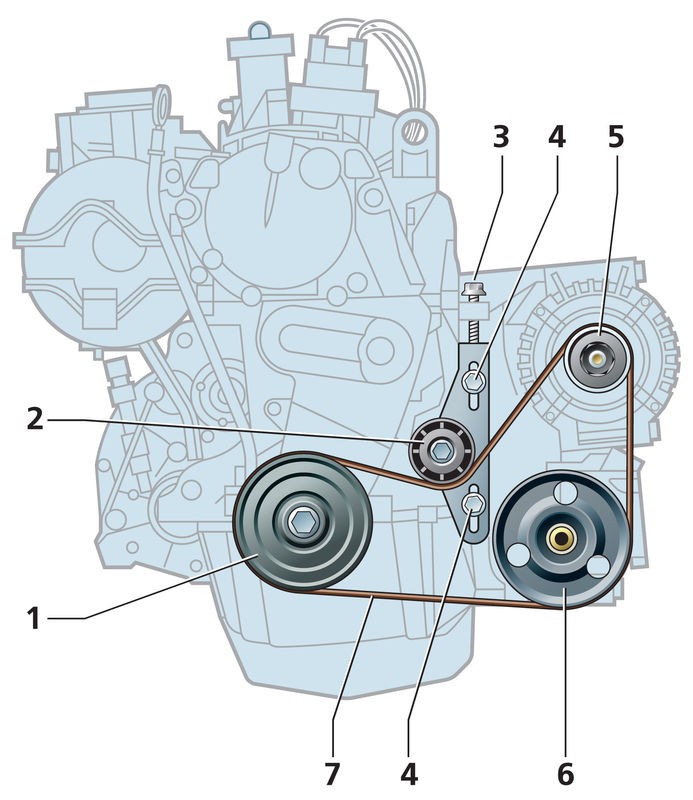
How long does the power steering belt last?
Your car needs more than just an engine and transmission to run. The generator is needed to supply electricity while the engine is running. Air conditioning is essential to provide cool air in hot weather. You need strength...
Your car needs more than just an engine and transmission to run. The generator is needed to supply electricity while the engine is running. Air conditioning is essential to provide cool air in hot weather. You need a power steering pump to make driving easier. All of these accessories require power, and that power is provided by the belt (or belts in some cases).
Today, most vehicles use a single belt, called a V-ribbed belt. In older cars, there are often two belts - drive and generator. Your power steering belt is usually a coil or drive belt. Without this, the power steering pump does not work and fluid cannot be sent through the lines to the steering rack.
The immediate result of not having a working power steering pump is that the steering becomes much harder to turn. If you've ever driven a car without power steering, you know how difficult it can be to drive, especially at low speeds.
Your car's power steering belt (serpentine belt) is used every time you start the engine. It transfers power from the engine's primary pulley to all your accessories (power steering pump, alternator, etc.). As you can imagine, this belt is subject to incredible wear as well as heat. There is also the possibility of being hit by a broken component (which could cut the belt).
Most belts are rated for between 60,000 and 100,000 miles. However, yours should be checked at every service interval (every oil change). This ensures that you can monitor the condition of the belt and catch it before it fails. If you can replace it before it breaks, you will avoid the prospect of being stuck on the side of the road waiting for a tow truck. Your belt may also need to be tensioned (manual tensioner systems) or the automatic tensioner may need to be checked or serviced.
Knowing the signs that indicate that the power steering belt is about to fail will help you not to find yourself in a difficult situation. This includes:
- Screeching from under the hood after starting the engine (indicates a stretched belt)
- Cracks in the belt
- Cuts or scuffs on the belt
- Missing or damaged belt grooves
- Glazing on the belt (seems shiny)
If you suspect the power steering belt is worn to the point where it needs to be replaced, don't risk it. A certified mechanic can inspect the power steering belt and replace it if necessary.

